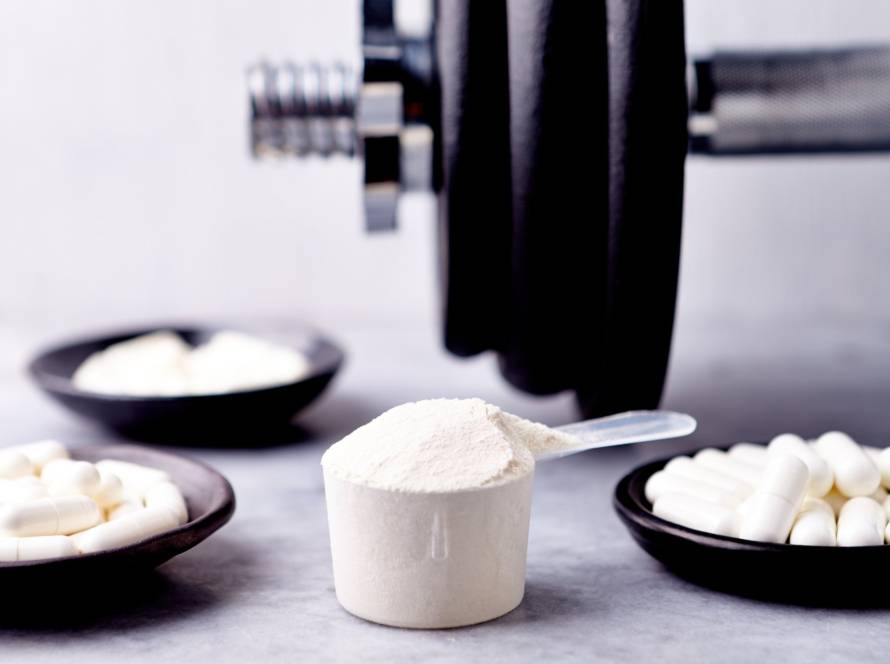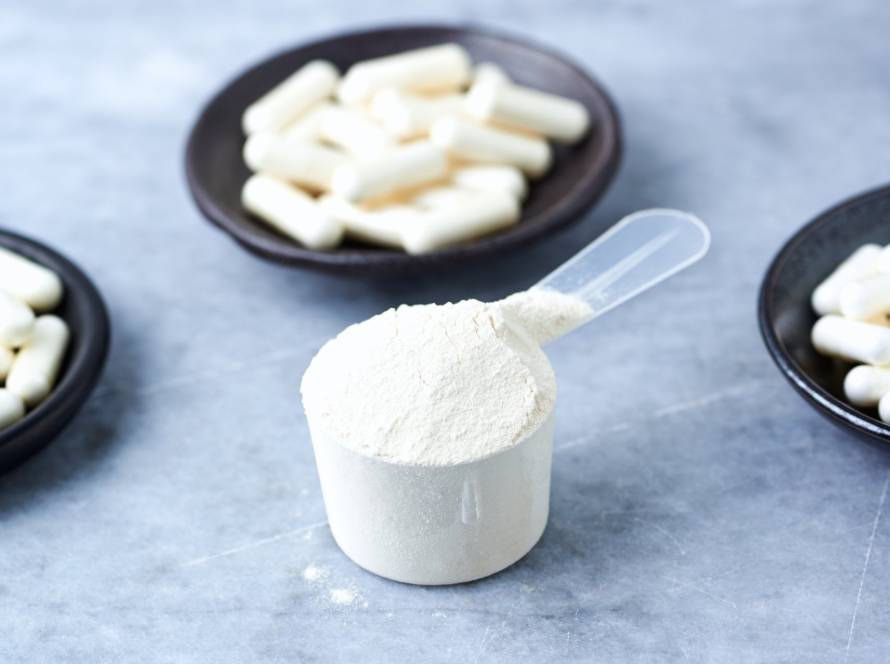Resveratrol is a powerful polyphenol compound that offers amazing health benefits, but our bodies can absorb only a tiny amount of what we consume.
In this piece, we’ll look at scientific ways to improve resveratrols bioavailability. We’ll cover everything from advanced delivery systems to practical absorption techniques.
The science behind resveratrols poor bioavailability
Resveratrols chemical structure explains its absorption challenges in our bodies. This compound shows poor water solubility (less than 0.05 mg/mL).
Chemical structure and absorption limitations
The body absorbs resveratrol through the intestinal tract by passive diffusion and specific transporters. These transporters include ATP dependent binding cassette proteins, integrins and multidrug resistance associated proteins (MRP2/ABCC2 and MRP3/ABCC3). They play a vital role in moving resveratrol through intestinal cell membranes.
According to studies, resveratrol has high oral absorption (75%) but low bioavailability (<1%) due to extensive metabolism in the intestine and liver.
First pass metabolism: the liver barrier
The liver creates a major obstacle in resveratrol absorption. Inside intestinal cells, resveratrol goes through two main conversion processes:
- Sulfation;
- Glucuronidation.
These processes happen at the same time in intestinal cells and liver tissue. Humans convert resveratrol mainly through sulfation.
Half life challenges in the bloodstream
Resveratrol faces more challenges once it enters the blood. Studies show that resveratrol has a plasma half life of 54 hours in humans. Single dose studies reveal these absorption limits clearly. A 25mg dose reaches peak plasma levels of only 10 ng/mL within 0.5-2 hours.
The body’s extensive processing creates an interesting effect. Converted forms often reach levels two to eight times higher than free resveratrol. These metabolites might not work as well as pure resveratrol, but specific tissues could potentially turn them back into active resveratrol.
Tracking resveratrols journey through your body
Resveratrol takes a complex path through multiple body systems after ingestion. The compound goes through various changes before it reaches target tissues. Let’s follow this remarkable substances route through your body.
Mouth to stomach: original absorption pathways
The process starts in the gastrointestinal tract where resveratrol exists mainly in its glycosylated form, known as piceid and polydatin. Resveratrol binds to various nutrients in the stomach, which affects its absorption capacity. Food in the stomach might delay resveratrol absorption but doesn’t reduce it.
Intestinal absorption mechanisms
Resveratrol moves through the intestinal epithelium via a transcellular pathway once it reaches the intestine. The compound follows two distinct routes inside the enterocytes (intestinal cells):
- Direct passage: a small amount enters blood circulation unchanged;
- Metabolic transformation: the majority undergoes extensive conjugation through glucuronidation and sulfation processes.
Research show that the original absorption rate hits at least 70% based on total metabolite excretion in urine.
Blood circulation and tissue distribution
Resveratrol shows unique binding patterns in circulation. About 90% of free trans-resveratrol binds to plasma lipoproteins. On top of that, it creates complexes with albumin, which forms a potential reservoir affecting its distribution throughout the body.
Research shows resveratrol accumulate in several vital organs:
- Liver;
- Heart;
- Lungs;
- Brain;
- Kidneys.
Elimination and excretion processes
Studies show that our body removes resveratrol through urine and feces, with recovery rates between 54% and 98%. Urinary excretion happens quickly, 77% of all metabolites leave the body within 4 hours after a 500mg dose.
Breaking the solubility barrier for better absorption
Scientists have made exciting breakthroughs in pharmaceutical science to solve resveratrol’s absorption challenges. Their research has revealed several strategies that help overcome the solubility barrier and discover this compounds full potential.
Fat soluble properties of resveratrol
Resveratrol loves fatty environments because it’s a lipophilic compound. Research shows that more than 90% of free trans-resveratrol binds to human plasma lipoproteins. This fat soluble characteristic creates both obstacles and possibilities to improve absorption.
Fatty acids naturally carry and help resveratrol move through cell membranes. The liver readily accepts these acids, which cells absorb efficiently. The specific way resveratrol interacts with transmembrane transporters helps cells absorb it better.
Emulsion based delivery systems
Scientists have achieved a breakthrough with oil-in-water (O/W) nanoemulsions for resveratrol delivery. These systems provide several benefits:
- Better stability in water based environments;
- Protection from breaking down;
- Release control capabilities;
- Better cell uptake and bioavailability.
Studies show that smaller particles below cell size (around 500 nm) get absorbed better through passive transport across intestinal walls.
Overcoming metabolic obstacles to resveratrol absorption
Scientists have found several ways to tackle resveratrols metabolic challenges. Their research shows promising strategies that could tap into the full potential of this compound. New studies point to specific compounds and biological processes that improve resveratrol absorption.
Enzyme inhibitors that slow metabolism
UGT and SULT enzyme families are the main drivers behind resveratrol metabolism. Black pepper contains piperine, a polyphenol that shows remarkable results in slowing this process down. Research shows that mixing 100 mg/kg resveratrol with 10 mg/kg piperine increased peak plasma levels by an astounding 1000%.
Quercetin looks promising as an enzyme inhibitor that targets SULT1A1. Lab studies with rat liver tissue show that quercetin reduces resveratrol sulfation rates effectively. However, human trials that combined 500 mg quercetin with 2000 mg resveratrol didn’t improve peak concentrations. This suggests possible differences in how enzymes interact across species.
Protecting resveratrol from rapid glucuronidation
The biggest problem with resveratrol is glucuronidation. UGT enzymes quickly conjugate resveratrol in intestinal and liver tissue.
Gender plays an unexpected role in glucuronidation rates. Female liver microsomes work more efficiently at metabolizing resveratrol through glucuronidation pathways. This discovery suggests we might need different dosing strategies for men and women.
Advanced delivery technologies for enhanced bioavailability
New technologies are creating innovative ways to improve resveratrols bioavailability, which marks a fresh chapter in supplement delivery methods. These cutting edge approaches solve absorption challenges through advanced delivery mechanisms.
Self emulsifying drug delivery systems (SEDDS)
SEDDS bring a groundbreaking approach to boost resveratrol absorption. The systems combine oils, surfactants and cosurfactants that create oil water emulsions when they contact gastrointestinal fluids. Research shows SEDDS formulations reach dissolution efficiency rates of 94% versus 42% for unprocessed resveratrol.
SEDDS succeed because they:
- Create small droplet sizes ranging from 285 to 823 nm;
- Form stable emulsions within 17-99 seconds;
- Generate zeta potential values between -2.24 to -15.4 mv.
Nanoparticle and nanosponge formulations
Nanoparticle technology opens new doors to improve resveratrol delivery. Solid lipid nanoparticles (SLN) show great promise by doubling resveratrol retention in skin tissue. These carriers shield resveratrol from degradation and provide controlled release options.
Nanosponges have a three dimensional porous structure that holds both hydrophilic and hydrophobic forms of resveratrol . Cyclodextrin crosslinking helps these systems boost stability and biocompatibility.
Controlled release technologies
Modern controlled release systems optimize resveratrol delivery through several mechanisms. Solid SEDDS, created through spray drying techniques, dissolve fully within 45 minutes. Polymeric microspheres deliver extended release profiles through:
- Surface particle release;
- Diffusion through matrix swelling;
- Polymer erosion based release.
Buccal and sublingual delivery methods
Buccal and sublingual routes skip first pass metabolism to provide better bioavailability. Studies show that sublingual mucosas large surface area (26.5 ± 4.2 cm2) and rich blood supply allows quick absorption.
Research reveals that transbuccal delivery achieves 15 times better bioavailability than gastrointestinal absorption. Transbuccal resveratrol levels hit 0.61% of the given dose after 2 hours, which beats ingested resveratrol at 0.04%.
These delivery technologies show great potential to overcome resveratrol’s absorption limits. Careful selection of delivery methods and attention to individual needs make these advanced systems a promising way to maximize resveratrols therapeutic benefits.
Successful resveratrol supplementation needs a balanced approach. Quality supplements with better bioavailability are essential. Pairing them with absorption boosting compounds like piperine or quercetin makes them more effective. A consistent dosing schedule ensures you get resveratrols full spectrum of health benefits, despite its absorption challenges.


